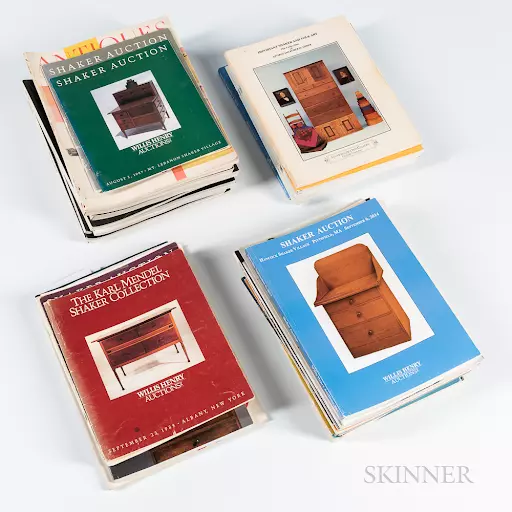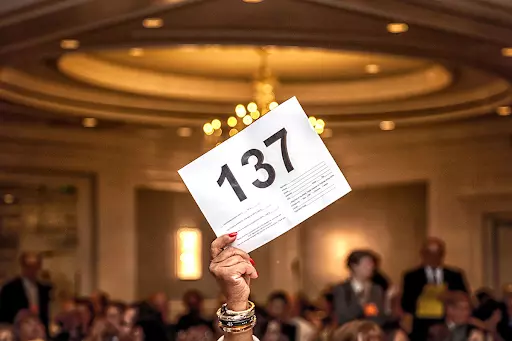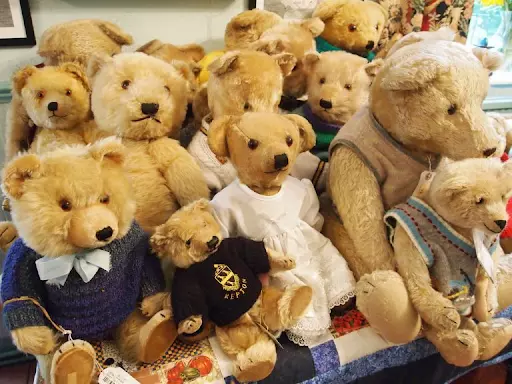Auction Cataloging: Goals, Priorities, and Challenges
A key part of any auction is the cataloging associated with each lot on offer. Cataloging, which appears on the surface to be simply a description of the item, is actually much more complicated. Transparent cataloging must take into consideration the interests of the auction house, the consignor, and potential buyers. These do not always align, and they sometimes even compete with each other. Balance is always challenging here. Let’s take a look at what goes into professional auction cataloging and the challenges catalogers face to do their jobs well.

The goals of cataloging lots for sale depends on who you ask— but more about that in just a bit. In a perfect world, a comprehensive cataloging effort on any given item coming up for sale would include the following:
* The title of the item
* Its year or era of manufacture, creation, or design
* Its country of origin
* A general description, with the brand if known
* Its measurements
* Its marks or IDs, if any
* Any special features, details, and/or historical context
* Its provenance, if any
* A fair and honest condition report, including any indications of damage, restoration, or repair
* A pre-auction estimate of value
Let’s consider some of the goals and priorities of auctioneers, consignors, and potential buyers when it comes to auction cataloging.

Auctioneer Goals
Auctioneers aim to make as much money as possible per lot, selling as close to 100% of all items on offer (called the sell-through rate), keeping the process as transactional as possible, minimizing staff handling or processing time per lot, and attracting new consignors with impressive sales results. Meeting these goals keeps the business financially viable and growing, improves internal operations and efficiencies, elevates the business reputationally, and helps encourage future consignments.
Auctioneer Cataloging Priorities
Except in extraordinary situations, auction houses usually like to spend as little time as possible on cataloging, keeping things short and sweet with minimal attention to condition. This keeps costs low and leaves condition judgments, which are often very subjective, more open to interpretation. Auction estimates may be purposefully low to encourage folks to jump into the bidding.

Consignor Goals
Consignor goals seem to fall into two camps. For some consignors, an auction is purely transactional, and they do not have emotional attachments to consigned items. They want their items to sell at high prices and to be paid as quickly as possible. This is a business transaction and is treated as such.
Other consignors, especially enthusiasts who are deaccessioning a lifetime collection or families selling the estate collections of loved ones, often see things very differently. They may love or cherish the items and want anyone reading the auction catalog to feel the same way. The catalog itself becomes a permanent tribute or reference publication in regards to the collection. And, the actual auction is often viewed more as a celebratory “event” to honor or validate the collector or family member.
Consignor Cataloging Priorities
Transactional consignors want their items described in concise, attractive, and appealing ways, usually in the most positive light possible. They do not want the condition report to dissuade someone from bidding or asking the auction house for more information. These consignors might be dealers. Pre-auction estimates, especially if they are tied to a minimum or opening bids, are key. Dealers must account for what they paid for the item so no losses are incurred.
Living collectors deaccessioning a lifetime collection, or families selling estate collections, often would like to see their lots described in great length and detail, calling out their history in emotional or storytelling ways. Condition issues are less of a priority to them, as the “meaning” behind each item overrides any faults it might have. And, calling out condition issues can be interpreted as critical or negative to the collector or family member of blessed memory. Sometimes estate sellers prioritize “finding good new homes” for the items more than price; as such, auction estimates are less important to them.

Buyer Goals
Buyers of all sorts are usually looking for interesting items, novel finds, and “deals” at auction— and to pay as little as possible for them! Enthusiasts seek these things to add to their collections, while dealers and those in the business want to be able to resell purchases at a markup worth their auction investment. Buyers don’t want any surprises and are very focused on descriptions and condition reports as they plan bidding strategies.
Buyer Cataloging Priorities
Buyers want as much information as possible about any given lot, including a full and comprehensive condition report. They appreciate “important” provenance, such as the auction or ownership history of a significant item going under the hammer. They are very interested in discovering “hidden jewels” and often do so through photographic images. And, they welcome lower opening bids but often see them as simply placeholders to get the bidding started.
Looking for more behind-the-scenes content about the auction industry? Last year, we sat down with Deirdre Pook Magarelli, President of Pook & Pook, Inc., to discuss the challenges of running an auction house during a pandemic.










